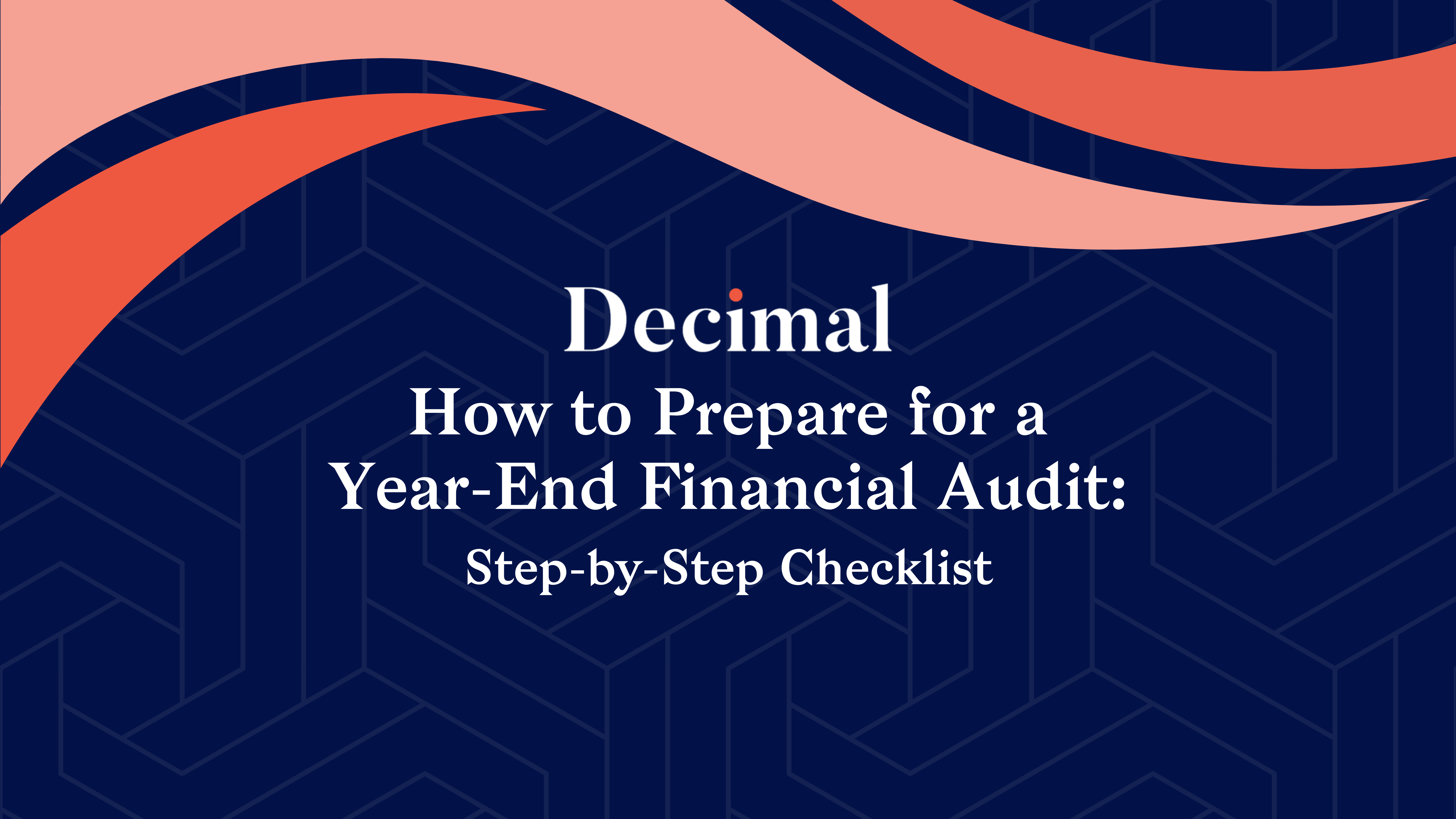How to Prepare for a Year-End Financial Audit: Step-by-Step Checklist
A year-end audit isn’t just a box to check—it’s a mirror. It reflects how clean, consistent, and compliant your financials really are. Whether you're working with internal auditors, external firms, or just trying to stay ready for tax season, the right prep can turn audit season from stressful to smooth.
Here’s how to get your business audit-ready, with a practical checklist and tips that actually save time.
Why Year-End Audits Matter (Even If You’re Not a Big Corporation)
Audits aren’t just for public companies. They’re about trust, accuracy, and risk reduction. If you're seeking funding, preparing for acquisition, or just want peace of mind, a clean audit helps prove that your numbers are reliable and your systems are solid.
It also forces good habits—standardized processes, proper documentation, and clear accountability.
Step 1: Get Your Books in Order
Before the audit begins, make sure your general ledger is accurate and up to date. This includes:
- Reconciling all bank, credit card, and loan accounts
- Reviewing journal entries and adjusting for errors
- Closing out income and expense accounts for the year
If you use outsourced bookkeeping or accounting software, request a mid-Q4 review now—not in January.
Step 2: Organize Supporting Documentation
Auditors want to see the story behind the numbers. That means keeping backup for key transactions, including:
- Invoices and receipts for large expenses
- Contracts and agreements for vendors and clients
- Payroll records and tax filings
- Loan documents, leases, and legal correspondence
Keep digital copies organized by type and date. A shared drive or cloud-based accounting system can speed up this process.
Step 3: Review Compliance and Controls
Auditors will check that you're following the rules—both internal and external. Use this time to double-check:
- Are your internal controls documented and working?
- Are you tracking approval workflows for purchases and expenses?
- Is your chart of accounts structured correctly?
- Have you kept up with required tax filings and deadlines?
If you’ve made any changes to your business structure, tax status, or banking, be ready to explain them with documentation.
Step 4: Communicate with Your Audit Team
Don’t wait until audit day to engage your CPA or external auditors. Ask what they’ll need and when. Clarify the timeline, format of deliverables, and any special focus areas (like revenue recognition, inventory valuation, or asset depreciation).
Being proactive shows you take the process seriously—and helps prevent surprises.
Step 5: Prep Your Team Internally
Make sure your internal team knows what’s coming. Assign responsibilities for pulling documents, answering auditor questions, and reviewing drafts. If you’re short-staffed, consider leaning on your accounting partner or outsourced controller.
Keep everyone in the loop so you’re not scrambling under pressure.
Final Checklist: Are You Ready?
✅ Books reconciled and closed
✅ Supporting documents digitized and sorted
✅ Internal controls reviewed
✅ Key filings up to date
✅ Communication plan in place
✅ Timeline aligned with auditors
Make Audit Season a Non-Issue
Audits can feel intense, but they don’t have to be painful. With good habits and a clear prep plan, your year-end audit becomes just another business process—one that helps you grow smarter and operate cleaner.
Want help setting up systems that make audits easier? Decimal’s accounting and bill pay services are built to keep your financials clean and audit-ready, year-round.
Getting started in days.
Ready to simplify your accounting? Schedule a call with our team and explore your options. We’d love to hear from you!

